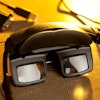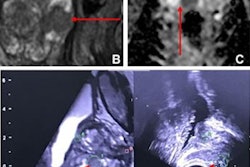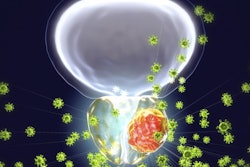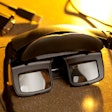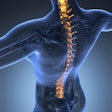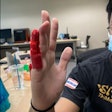Combining radiomic features extracted from brain MRI exams with clinical ones helps predict poor neurodevelopment in preterm newborns, according to a presentation delivered on 27 November at the recent RSNA meeting.
Using this combination of features bests using either alone, wrote a team led by Dr. Daeun Choi at Yonsei University in Seoul, South Korea.
"Compared with using only clinical variables, combining region-based radiomics features extracted from term equivalent age brain MRIs enhances predictability on poor neurodevelopmental outcome of very preterm neonates," the group noted.
Choi's group investigated the efficacy of using region-based radiomics features taken from T1-weighted, T2-weighted, and fractional anisotropy (FA) brain MRIs images of 136 premature infants of low birth weight, tracking two different neurodevelopmental outcome markers: the Bayley mental developmental index (MDI) and the psychomotor developmental index (PDI). The newborns underwent brain MRI "at term equivalent age and neurodevelopmental assessment at 18 to 24 months of corrected age," it wrote.
The investigators tracked 14 clinical and 6,420 radiomics features with any association with neurodevelopmental delay and developed a prediction algorithm.
The study found that of the 136 preterm neonates 64 cases (based on Bayley mental developmental index) and 41 (based on psychomotor developmental index) had delayed development. Out of the assessed clinical variables, the team found that those infants with low birth weight, those who required treatment for premature newborn eye disease, and being within a 10th percentile head circumference were significantly associated with neurodevelopmental delay.
It also found that using a combination of clinical and radiomics features was the most effective way to predict poor neurodevelopment outcomes in preterm neonates.
| Area under the receiver operating curve (AUC) results of three models for predicting poor neurodevelopment outcomes in preterm neonates | |||
|---|---|---|---|
| Type of assessment metric | Clinical features only | Radiomics features only | Combination of clinical and radiomics features |
| Prediction of Bayley mental developmental index-based poor outcome | 0.66 | 0.59 | 0.87 |
| Prediction of psychomotor developmental index-based poor outcome | 0.89 | 0.76 | 0.92 |
The findings could translate to better care of preterm newborns, according to the researchers.
"[Identification] of high-risk preterm infants enables timely intervention which has been known to be most effective at early postnatal 'critical' periods with brain plasticity," they concluded.


